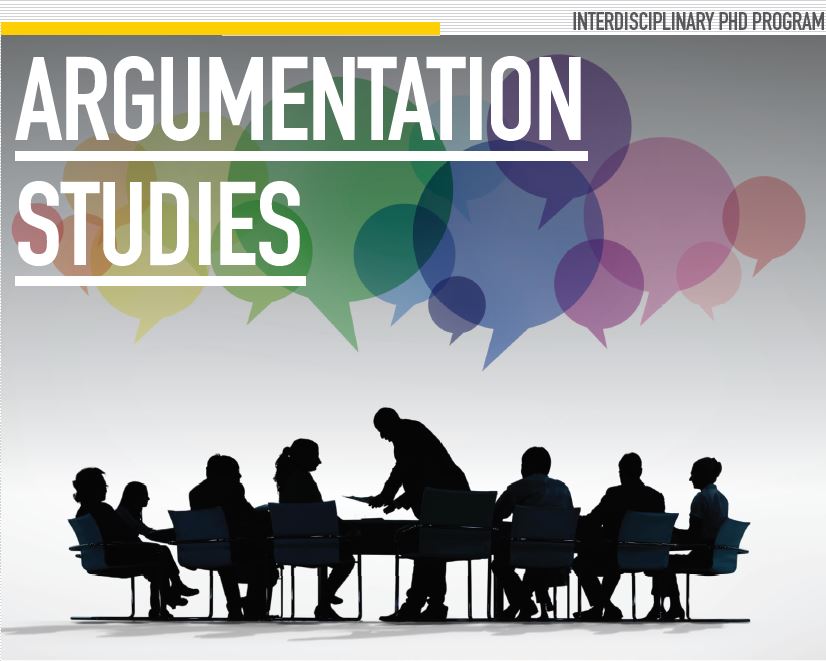Location
Brock University
Document Type
Paper
Start Date
15-5-1997 9:00 AM
End Date
17-5-1997 5:00 PM
Abstract
Aristotle's examples of the fallacy of Figure of Speech (or Form of Expression) are not very convincing to the modern reader. Most fallacy theorists have been happy to omit this fallacy from their accounts. But a study of Figure of Speech will lead one to find connections with twentieth-century analytical philosophy, where the idea that the apparent form of a sentence need not be its real logical form has been prominent. Other interesting issues concern the boundary between ambiguity and invalidity and the use of profiles of dialogue to describe the dialectics of this fallacy.
Creative Commons License

This work is licensed under a Creative Commons Attribution 4.0 International License.
Response to Submission
John Hoaglund, Commentary on Krabbe
Reader's Reactions
John Hoaglund, Commentary on Krabbe (May 1997)
Included in
Who is Afraid of Figure of Speech?
Brock University
Aristotle's examples of the fallacy of Figure of Speech (or Form of Expression) are not very convincing to the modern reader. Most fallacy theorists have been happy to omit this fallacy from their accounts. But a study of Figure of Speech will lead one to find connections with twentieth-century analytical philosophy, where the idea that the apparent form of a sentence need not be its real logical form has been prominent. Other interesting issues concern the boundary between ambiguity and invalidity and the use of profiles of dialogue to describe the dialectics of this fallacy.

